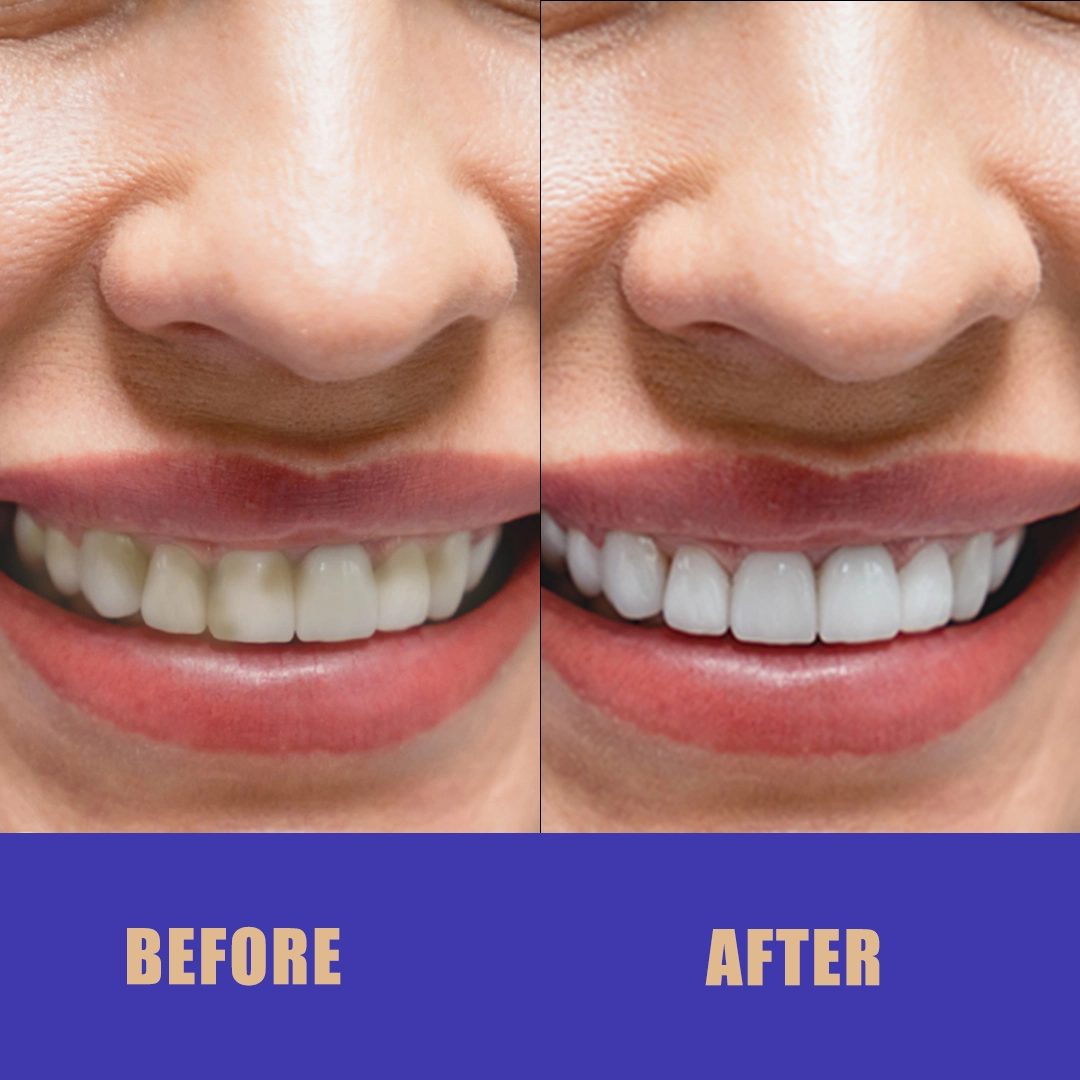Navigating the world of healthcare can be complex. Especially when it comes to understanding the roles of different professionals.
Physiotherapy and exercise physiology are two such professions. They both play crucial roles in promoting health, managing diseases, and aiding recovery.
However, they are not the same. Each has its unique focus, methods, and areas of expertise. Understanding these differences can help you make informed decisions about your health care.
In this article, we will explore the difference between physiotherapy and exercise physiology. We will delve into their educational backgrounds, treatment approaches, and the conditions they commonly manage.
Our aim is to provide a clear, comprehensive guide to these two professions. Whether you’re a patient, a healthcare professional, or simply curious, this article will shed light on these often misunderstood fields.
So, let’s dive in and unravel the difference between physiotherapy and exercise physiology.

Understanding Physiotherapy
Physiotherapy, also known as physical therapy, is a healthcare profession dedicated to the assessment, diagnosis, and treatment of movement disorders. These disorders often result from injuries, diseases, or aging.
Physiotherapists use a variety of techniques to help their patients. These include manual therapy, therapeutic exercises, and the use of electrotherapy devices. Their goal is to restore, maintain, or improve physical function and mobility.
A key aspect of physiotherapy is its focus on individualized care. Treatment plans are tailored to the specific needs and goals of each patient. This approach ensures that care is patient-centered and holistic.
Physiotherapists work in a range of settings. These include hospitals, private practices, and community health centers. They also play a crucial role in multidisciplinary healthcare teams, working alongside doctors, nurses, and other health professionals.
In summary, physiotherapy is a versatile and essential profession in healthcare. It offers a hands-on, personalized approach to managing movement disorders and improving quality of life.
Understanding Exercise Physiology
Exercise physiology is a specialized field within the broader discipline of physiology. It focuses on understanding the body’s responses to physical activity and how it adapts over time.
Exercise physiologists are experts in the science of exercise. They study how exercise influences the body’s structures and functions, from the cellular level to whole-body systems. This knowledge is applied to improve health, fitness, and performance.
A significant part of exercise physiology involves designing and implementing exercise programs. These programs aim to improve or maintain physical fitness, manage chronic diseases, and enhance athletic performance.
Exercise physiologists work in a variety of settings. These include fitness centers, rehabilitation clinics, and research institutions. They also collaborate with other health professionals to provide comprehensive care.
In essence, exercise physiology is a science-based field that uses exercise as a therapeutic tool. It plays a vital role in promoting health, preventing disease, and enhancing physical performance.
Educational Pathways: Physiotherapy vs Exercise Physiology
The educational requirements for physiotherapists and exercise physiologists differ significantly. Both professions require a strong foundation in the biological and physical sciences, but the specifics of their training vary.
Physiotherapists typically complete a bachelor’s degree in a health-related field, followed by a postgraduate degree in physiotherapy. This rigorous training equips them with the skills to diagnose and treat a wide range of movement disorders.
On the other hand, exercise physiologists usually earn a bachelor’s degree in exercise science or a related field. Some may choose to pursue further specialization through a master’s degree or certification programs. Their education focuses on understanding the body’s responses to exercise and how to use this knowledge to improve health and performance.
In summary, the key differences in educational pathways are:
- Physiotherapists: Bachelor’s degree in a health-related field + Postgraduate degree in physiotherapy
- Exercise Physiologists: Bachelor’s degree in exercise science or related field + Optional further specialization through a master’s degree or certification programs
Conditions Treated by Physiotherapists
Physiotherapists are equipped to manage a wide array of conditions. Their expertise lies in diagnosing and treating disorders related to movement and function.
Common conditions treated by physiotherapists include musculoskeletal injuries such as sprains, strains, and fractures. They also manage chronic conditions like arthritis and back pain.
Physiotherapists play a crucial role in post-operative care. They help patients regain strength and mobility after surgeries like joint replacements.
In summary, physiotherapists commonly treat:
- Musculoskeletal injuries (sprains, strains, fractures)
- Chronic conditions (arthritis, back pain)
- Post-operative care (joint replacements, cardiac surgery)
- Neurological conditions (stroke, Parkinson’s disease)
- Cardio-respiratory conditions (asthma, chronic obstructive pulmonary disease)
The Role of Exercise Physiologists in Chronic Disease Management
Exercise physiologists specialize in the use of exercise for therapeutic purposes. They play a pivotal role in managing chronic diseases.
These professionals design and implement exercise programs to improve patients’ health. They focus on enhancing cardiovascular fitness, muscular strength, and overall functional capacity.
Exercise physiologists often work with patients suffering from conditions like diabetes, heart disease, and obesity. They also assist in the management of mental health conditions such as depression and anxiety.
In essence, exercise physiologists commonly manage:
- Cardiovascular diseases (heart disease, hypertension)
- Metabolic diseases (diabetes, obesity)
- Musculoskeletal conditions (osteoporosis, arthritis)
- Mental health conditions (depression, anxiety)
- Respiratory diseases (asthma, chronic obstructive pulmonary disease)
Treatment Approaches: A Comparative View
Physiotherapy and exercise physiology, while distinct, share a common goal: to improve patients’ health and quality of life. However, their treatment approaches differ significantly.
Physiotherapy often involves hands-on techniques. These include manual therapy, mobilization, and therapeutic exercises. The focus is on immediate pain relief, improving mobility, and restoring function.
On the other hand, exercise physiology is more about long-term management. Exercise physiologists design and implement exercise programs to enhance health and performance. They focus on improving functional capacity and managing chronic conditions.
In essence, physiotherapy is more reactive, addressing existing issues. Exercise physiology, however, is more proactive, focusing on preventing health problems through regular exercise.
Both approaches are crucial in healthcare. They offer complementary benefits, addressing different aspects of patient care. The choice between the two often depends on the patient’s specific needs and health goals.
Work Settings and Environments
Physiotherapists often work in a variety of settings. These include hospitals, private practices, and rehabilitation centers. They may also provide home care services for patients unable to travel.
Exercise physiologists, on the other hand, typically work in fitness centers, health clinics, and research institutions. Some also offer services in corporate wellness programs, helping employees maintain their health.
Despite these typical settings, both professions are adaptable. They can provide services wherever their skills are needed. This flexibility allows them to meet the diverse needs of their patients, wherever they may be.
Hands-On Techniques in Physiotherapy
Physiotherapy is often associated with hands-on techniques. These include manual therapy, joint mobilization, and soft tissue massage. These methods aim to relieve pain and improve mobility.
Manual therapy, for instance, involves the therapist using their hands to manipulate the patient’s body. This can help to reduce muscle tension and improve joint movement.
Soft tissue massage, another common technique, targets muscles, tendons, ligaments, and fascia. It can help to reduce pain, improve circulation, and promote relaxation. These hands-on techniques are a key part of the physiotherapist’s toolkit.
Exercise Programs and Clinical Interventions by Exercise Physiologists
Exercise physiologists are experts in designing and implementing exercise programs. These programs are tailored to the individual’s health status and fitness goals. They can range from rehabilitation exercises to high-performance athletic training.
Clinical exercise interventions are another key aspect of exercise physiology. These interventions aim to improve health outcomes in individuals with chronic diseases. They focus on enhancing cardiovascular fitness, muscular strength, and overall functional capacity.
In essence, exercise physiologists use exercise as a form of medicine. They apply scientific knowledge to improve health, fitness, and performance in individuals across the lifespan.
Licensing and Regulation in Both Professions
Physiotherapists and exercise physiologists are regulated by different bodies. In many countries, physiotherapists must be licensed to practice. This involves meeting specific educational requirements and passing a licensing exam.
Exercise physiologists, on the other hand, are often certified rather than licensed. They typically need to have a degree in exercise physiology or a related field. They also need to pass a certification exam from a recognized professional organization.
Despite these differences, both professions are committed to maintaining high standards of practice. They are required to adhere to ethical guidelines and engage in ongoing professional development.
Interdisciplinary Nature and Complementary Practices
Physiotherapy and exercise physiology are both part of the broader healthcare landscape. They often work in tandem with other health professionals to provide comprehensive care. This interdisciplinary approach is key to managing complex health conditions.
Physiotherapists and exercise physiologists can complement each other’s work. For instance, a physiotherapist might focus on immediate pain relief and mobility, while an exercise physiologist designs a long-term exercise program to improve overall health.
In essence, both professions play a vital role in promoting health and wellness. They work together to enhance patient outcomes and improve quality of life.
Case Studies: Physiotherapy and Exercise Physiology in Action
Consider a patient recovering from a knee surgery. A physiotherapist would initially help with pain management and mobility. They would use hands-on techniques to improve joint function and reduce swelling.
As the patient progresses, an exercise physiologist might step in. They would design a personalized exercise program to strengthen the muscles around the knee. This would help the patient regain full function and prevent future injuries.
In another scenario, consider a patient with a chronic condition like diabetes. An exercise physiologist could design an exercise regimen to help manage blood sugar levels. Meanwhile, a physiotherapist could address any mobility issues resulting from the disease.
These case studies illustrate how physiotherapy and exercise physiology can work together. They provide a comprehensive approach to patient care, addressing both immediate needs and long-term health goals.
Conclusion: Making an Informed Choice for Your Health
Understanding the difference between physiotherapy and exercise physiology is crucial for making informed health decisions. Both professions play vital roles in promoting health, managing diseases, and rehabilitating injuries.
Physiotherapy focuses on immediate pain relief and improving mobility, while exercise physiology emphasizes long-term health through exercise. Both professions work together to provide comprehensive patient care.
In conclusion, whether you need a physiotherapist, an exercise physiologist, or both, depends on your specific health needs. Always consult with healthcare professionals to make the best decision for your health.





Leave a Reply